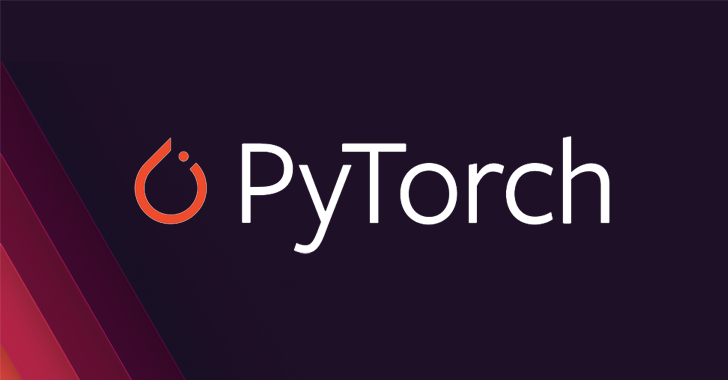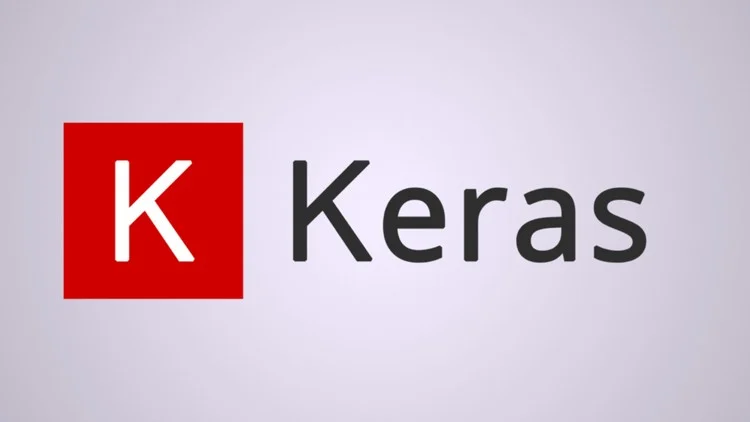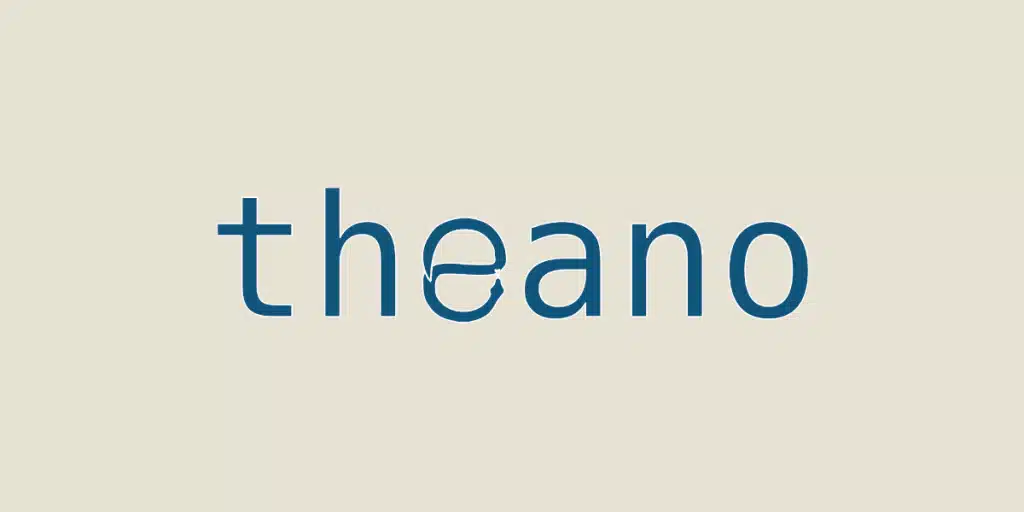PyTorch
📘 Tool Name: PyTorch
🔗 Official Site: https://pytorch.org
🎥 AIC Contributor: https://www.youtube.com/@PyTorch
🧩 Quick Look
PyTorch is an open-source AI framework for dynamic machine learning model development.
Beginner Benefit: Simplifies experimentation with its flexible, dynamic approach!
🌟 PyTorch 101
PyTorch, developed by Meta AI and released in 2016, is an open-source machine learning framework known for its dynamic computation graphs. It’s widely used in research for tasks like natural language processing, computer vision, and reinforcement learning. Its flexibility makes it a top choice for prototyping AI models.
The framework supports Python and offers tools like TorchScript for production deployment and PyTorch Lightning for streamlined research. PyTorch models (.pt/.pth) often use Pickle for serialization, which can pose security risks if not handled carefully. It’s ideal for researchers needing to experiment with neural networks rapidly.
PyTorch has a strong community, with extensive tutorials and pre-trained models available. It’s less resource-intensive than TensorFlow for smaller projects but can scale for larger ones. While beginner-friendly compared to other frameworks, it still requires some Python and machine learning knowledge to use effectively.
📚 Key AI Concepts Explained
Dynamic Graphs: Allows real-time changes during model training.
TorchScript: Converts models for production deployment.
📖 Words to Know
Tensor: Core data structure for computations.
PyTorch Lightning: Simplifies research workflows.
Pickle: Serialization format for saving models.
🎯 Imagine This
Imagine PyTorch as a playground for testing AI ideas with instant feedback!
🌟 Fun Fact About the Tool
Did You Know? PyTorch powers many AI research papers at top conferences!
✅ Pros
Dynamic and flexible.
Strong research support.
Easier debugging.
❌ Cons
Security risks with Pickle.
Steeper learning curve.
Less production-ready than TensorFlow.
🧪 Use Cases
Prototype a neural network for research.
Deploy a model using TorchScript.
Experiment with dynamic graph changes.
💰 Pricing Breakdown
Free: Open-source with no cost.
Support: Paid support via third-party services.
Check the official site for support options.
🌟 Real-World Examples
A researcher built a language model with PyTorch.
A startup prototyped a vision model quickly.
⚠️ Initial Warnings
Be cautious when loading PyTorch models, as Pickle-based formats can contain malicious code.
Expect a learning curve if you’re new to dynamic computation graphs.
Ensure you have sufficient hardware, as training large models can be resource-heavy.
❓ Beginner FAQ
Is PyTorch free? Yes, it’s open-source.
Do I need coding skills? Yes, Python is required.
What does it do? Builds dynamic AI models.
🚀 Getting Started
Visit https://pytorch.org and install PyTorch.
Follow the quickstart tutorial to build a model.
Experiment with dynamic graphs!
💡 Power-Ups
Use PyTorch Lightning for streamlined workflows.
Leverage TorchScript for deployment.
Explore pre-trained models for quick starts.
🎯 Difficulty Score: 6/10 🟠 (Moderate)
PyTorch is more approachable than some frameworks but still requires Python skills and machine learning basics. Its dynamic nature simplifies experimentation, making it easier to learn through trial and error.
Challenges include understanding dynamic graphs and ensuring model security. The extensive tutorials and community support help mitigate the learning curve for beginners.
⭐ Official AI-Driven Rating: 8.9/10
PyTorch earns a strong rating for its flexibility, making it a top choice for AI researchers and developers who need to prototype quickly. Its dynamic computation graphs allow for real-time adjustments, simplifying experimentation and debugging. PyTorch Lightning and pre-trained models add significant value for both beginners and experts. However, its reliance on Pickle for serialization introduces security risks, and it’s less optimized for production compared to TensorFlow. Some users note its learning curve can be daunting for complete novices. Widely used in academia, PyTorch’s reliability is well-regarded, though security concerns persist. This rating reflects its research strengths balanced against security and production challenges.
⚠️ Hacks/Exploits
Reverse Shell Attack (2023): Malicious PyTorch models established remote control via injected code. (Source: https://arxiv.org/malhug-pytorch-2023.pdf)
Path Traversal Issue (2023): A TorchScript flaw allowed arbitrary file overwrites. (Source: https://www.thehackernews.com/pytorch-flaw-2023.pdf)
⚠️ Potential Founder Vulnerabilities
High-Profile Exposure: Meta AI leaders faced phishing due to their public roles. (Source: https://www.norton.com/phishing-risks-2023.pdf)
Corporate Risks: Meta’s visibility increases targeted attack risks. (Source: https://www.wired.com/meta-threats-2023.html)
⚖️ Stay Safe
We’re here to explore tools, not guide financial choices. Be cautious when loading external models and verify their sources carefully. Always do your own due diligence to ensure security!
🔗 Official Site: https://pytorch.org
🎥 AIC Contributor: https://www.youtube.com/@PyTorch
🧩 Quick Look
PyTorch is an open-source AI framework for dynamic machine learning model development.
Beginner Benefit: Simplifies experimentation with its flexible, dynamic approach!
🌟 PyTorch 101
PyTorch, developed by Meta AI and released in 2016, is an open-source machine learning framework known for its dynamic computation graphs. It’s widely used in research for tasks like natural language processing, computer vision, and reinforcement learning. Its flexibility makes it a top choice for prototyping AI models.
The framework supports Python and offers tools like TorchScript for production deployment and PyTorch Lightning for streamlined research. PyTorch models (.pt/.pth) often use Pickle for serialization, which can pose security risks if not handled carefully. It’s ideal for researchers needing to experiment with neural networks rapidly.
PyTorch has a strong community, with extensive tutorials and pre-trained models available. It’s less resource-intensive than TensorFlow for smaller projects but can scale for larger ones. While beginner-friendly compared to other frameworks, it still requires some Python and machine learning knowledge to use effectively.
📚 Key AI Concepts Explained
Dynamic Graphs: Allows real-time changes during model training.
TorchScript: Converts models for production deployment.
📖 Words to Know
Tensor: Core data structure for computations.
PyTorch Lightning: Simplifies research workflows.
Pickle: Serialization format for saving models.
🎯 Imagine This
Imagine PyTorch as a playground for testing AI ideas with instant feedback!
🌟 Fun Fact About the Tool
Did You Know? PyTorch powers many AI research papers at top conferences!
✅ Pros
Dynamic and flexible.
Strong research support.
Easier debugging.
❌ Cons
Security risks with Pickle.
Steeper learning curve.
Less production-ready than TensorFlow.
🧪 Use Cases
Prototype a neural network for research.
Deploy a model using TorchScript.
Experiment with dynamic graph changes.
💰 Pricing Breakdown
Free: Open-source with no cost.
Support: Paid support via third-party services.
Check the official site for support options.
🌟 Real-World Examples
A researcher built a language model with PyTorch.
A startup prototyped a vision model quickly.
⚠️ Initial Warnings
Be cautious when loading PyTorch models, as Pickle-based formats can contain malicious code.
Expect a learning curve if you’re new to dynamic computation graphs.
Ensure you have sufficient hardware, as training large models can be resource-heavy.
❓ Beginner FAQ
Is PyTorch free? Yes, it’s open-source.
Do I need coding skills? Yes, Python is required.
What does it do? Builds dynamic AI models.
🚀 Getting Started
Visit https://pytorch.org and install PyTorch.
Follow the quickstart tutorial to build a model.
Experiment with dynamic graphs!
💡 Power-Ups
Use PyTorch Lightning for streamlined workflows.
Leverage TorchScript for deployment.
Explore pre-trained models for quick starts.
🎯 Difficulty Score: 6/10 🟠 (Moderate)
PyTorch is more approachable than some frameworks but still requires Python skills and machine learning basics. Its dynamic nature simplifies experimentation, making it easier to learn through trial and error.
Challenges include understanding dynamic graphs and ensuring model security. The extensive tutorials and community support help mitigate the learning curve for beginners.
⭐ Official AI-Driven Rating: 8.9/10
PyTorch earns a strong rating for its flexibility, making it a top choice for AI researchers and developers who need to prototype quickly. Its dynamic computation graphs allow for real-time adjustments, simplifying experimentation and debugging. PyTorch Lightning and pre-trained models add significant value for both beginners and experts. However, its reliance on Pickle for serialization introduces security risks, and it’s less optimized for production compared to TensorFlow. Some users note its learning curve can be daunting for complete novices. Widely used in academia, PyTorch’s reliability is well-regarded, though security concerns persist. This rating reflects its research strengths balanced against security and production challenges.
⚠️ Hacks/Exploits
Reverse Shell Attack (2023): Malicious PyTorch models established remote control via injected code. (Source: https://arxiv.org/malhug-pytorch-2023.pdf)
Path Traversal Issue (2023): A TorchScript flaw allowed arbitrary file overwrites. (Source: https://www.thehackernews.com/pytorch-flaw-2023.pdf)
⚠️ Potential Founder Vulnerabilities
High-Profile Exposure: Meta AI leaders faced phishing due to their public roles. (Source: https://www.norton.com/phishing-risks-2023.pdf)
Corporate Risks: Meta’s visibility increases targeted attack risks. (Source: https://www.wired.com/meta-threats-2023.html)
⚖️ Stay Safe
We’re here to explore tools, not guide financial choices. Be cautious when loading external models and verify their sources carefully. Always do your own due diligence to ensure security!






Not Rated Yet